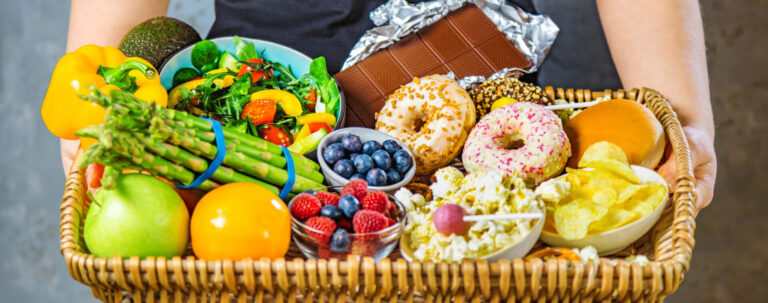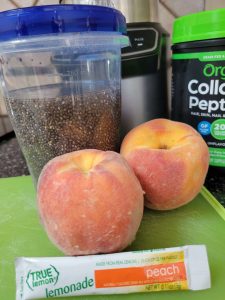
The #1 thing you should do right now if you want to lose weight – and keep it off
The #1 thing you should do right now, if you want to lose weight – and keep it off! If

Let’s get real here. Most people do not want to track what they eat. It can seem boring, unnecessary, time consuming, too controlling. The list of complaints goes on and on. But if you gotten this far, you’re probably interested in making some kind of change and wondering if a food log should be part of the process. The short answer is YES – yes. You will benefit greatly from consistently keeping track for some period of time. The habit of doing so plays an important role in a number of ways.
Regardless of what kind of change you want to bring about, if it involves your weight, energy level or a health concern (ie- blood pressure, cholesterol, headaches, brain fog), you need to know where you’re starting from. Truly understanding your current nutrition and lifestyle habits – both good and bad- is the first step to making significant change. If you don’t, then even if your health concern is diminished, you won’t know for sure which lifestyle factor(s) was the primary driver and then keeping that health concern at bay becomes more of a guessing game. This is especially true if you change several things at once.
In my experience as a nutritionist, I have found that most people overestimate both their good and their not so good habits, and they aren’t even aware of it. It’s imperative that you take time to look at the entirety of where you are right now – at the facts, rather than assumptions. In addition to recording what you eat, make note of your lifestyle, your typical sleep schedule, working hours and eating habits (not just the food you take in, but time of day, where you ate, etc).. Taking stock of this larger picture will help you identify the areas ripe for change, greatly improving your odds of long term success
Food logging of and by itself is very simple: you can download a food tracking app for free. There are a lot of apps out there, but my recommendation is the MACROS app. It’s’ simple to use, has a free version, and even the paid Plus version is inexpensive compared to most, at less than $20/year. A piece of paper and pen work just fine too. Keep track of what you eat and drink – literally everything, and the time of day. Just three to five days is enough to get a good idea of what you’re doing well and identify areas for improvement. Those days don’t have to be consecutive, but what you track should be comprehensive and reflect how you typically eat. Include miscellaneous notes that occur to you, such as how you’re feeling on a particular day and whether or not you ate solo or with others. What was your stress level and how did you sleep? Did anything unusual happen at home or work? How active were you? Even the weather can affect eating habits.
Once you have a few days of logging, take a look and make notes summarizing any trends. Avoid using judgmental words like “too much”, “shouldn’t have eaten”, etc. The goal here is to simply gather data so that you have a baseline to compare to down the road. Honesty is key here. You want to make changes that will not only have you reaching your goals, but help you keep the new habits over the long term.
This is not a comprehensive list of the ways in which a food log can be helpful, but regardless of your depth of knowledge about nutrition, answering the questions above can help by highlighting the good trends as well as the not so good. And the answers just might spur you into action on the not so good. That being said, if you have no idea what to do with the information, I’m here to help! We can meet just once on the topic, Small Bites (one-time) nutrition consultation, Food Logging 101. Or meet weekly for a month https://eatingwithintent.com/product/nutrition-tracking-basics/
Have your food log handy. I can help you interpret the data and be better prepared to make changes that support your goals.
Whatever you decide to do, do yourself a favor, and start logging what you eat! I think you’ll be glad that you did!

The #1 thing you should do right now, if you want to lose weight – and keep it off! If

Quick & Easy Chia Gel and Peach Smoothie When you’re short on time, but need a quick pick me up

Five simple ways to eat healthier Are you looking for simple ways to eat healthier? Would you like to lose

Nutritional benefits of chia seeds The wide array of nutritional and health related benefits of chia seeds make them a